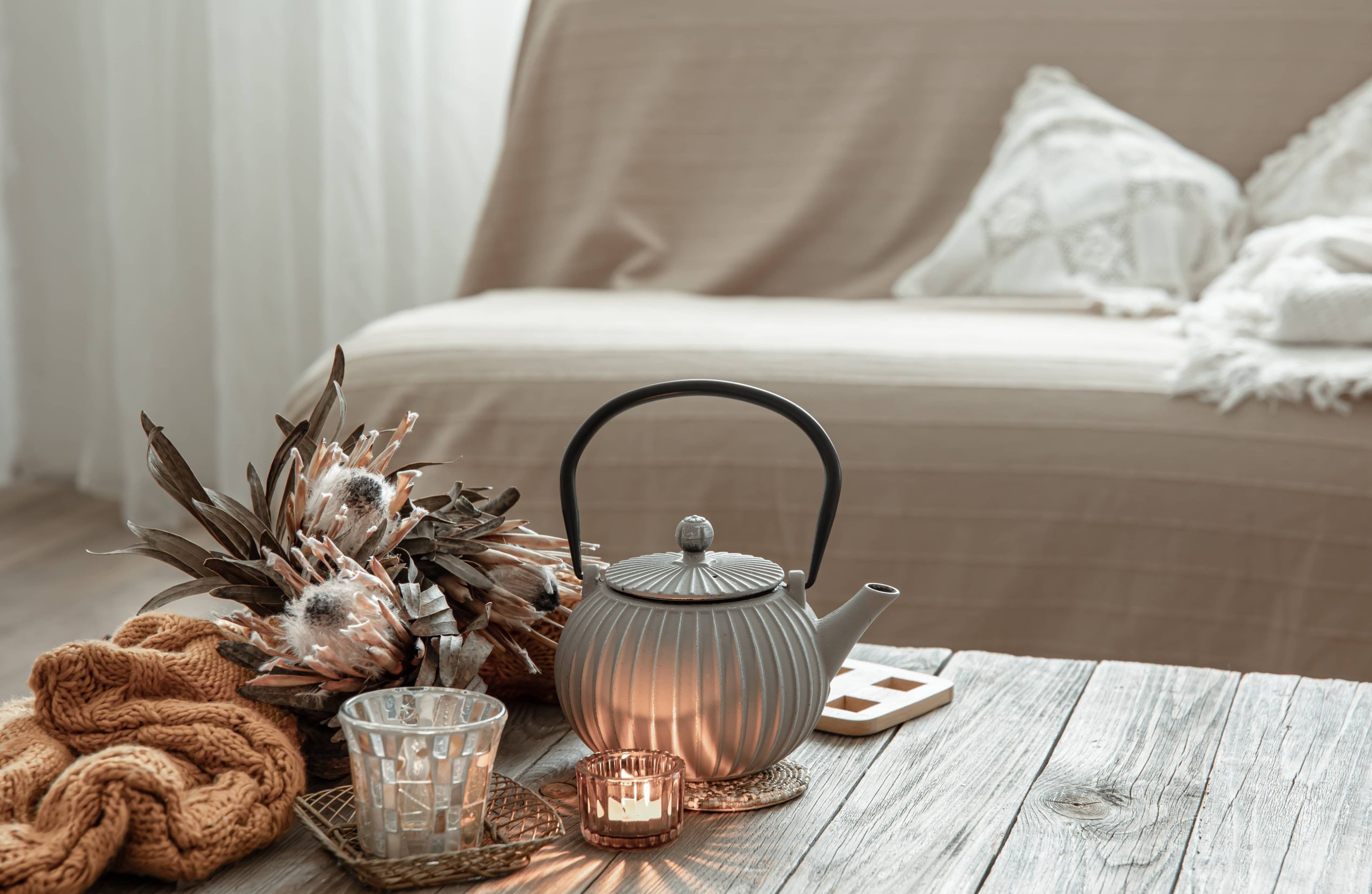
Creating a harmonious and unified design in your home is no small feat. It requires a careful balance of creativity, vision, and practicality. A cohesive interior design theme not only enhances the aesthetic appeal of your space but also contributes to a sense of calm and well-being. Whether you’re starting from scratch or revisiting your current decor, implementing strategies for a unified design theme can help you achieve a stylish and harmonious home.
1. Understand Your Personal Style
Before you dive into selecting colors or furniture, spend some time understanding your personal style. Are you drawn to modern minimalism, or do you have a penchant for classic traditional decor? Perhaps you favor bohemian eclectic or the simplistic charm of Scandinavian design. By identifying your style, you establish a foundation that guides all your design decisions. Take a look at your wardrobe, Pinterest boards, or your favorite hangout spots to gather clues about your preferred aesthetic. Your personal style is the underlying theme that will infuse your space with authenticity and character.
2. Create a Mood Board
Once you have a clear sense of your style, create a mood board to visualize your design concept. Collect images, color swatches, textures, and patterns that resonate with your vision. This collage should reflect the mood and atmosphere you wish to create. Digital tools like Canva or Pinterest can be invaluable for this process, allowing you to experiment and make adjustments easily. A physical mood board is equally effective and offers a tactile experience. Your mood board serves as a constant reference point, ensuring consistency in your design choices.
3. Choose a Consistent Color Palette
Color is one of the most influential elements in design. A well-chosen color palette can unify disparate items and create visual cohesion across different rooms. Start by selecting a base color that will dominate your space—think of neutral shades like whites, grays, or beiges that offer versatility. Next, add complementary colors or accents that will energize your space and infuse it with personality. Keep in mind the 60-30-10 rule, a classic design strategy where 60% of the space is your dominant color, 30% is a secondary color, and 10% is an accent color. Consistency in your color palette will create a seamless flow from one room to another.
4. Harmonize Furniture and Accessories
After settling on a color scheme, focus on the harmony of furniture and accessories. Select furniture pieces that share common elements, such as material, shape, or style. Even in an eclectic theme, where different elements are mixed, aim for a visual thread that ties everything together. For accessories, be selective and purposeful, choosing items that complement your theme. Remember the principle of repetition, which involves the recurrence of certain elements to create unity, such as through repeated use of color, texture, or pattern in pillows, rugs, and artwork.
5. Pay Attention to Texture and Pattern
Texture and pattern play a crucial role in adding depth and interest to a space. Balance is key—mix and match different textures to create a tactile experience that invites touch and interaction. Consider juxtaposing smooth materials like glass or metal with soft textiles like velvet or wool. When it comes to patterns, opt for designs that align with your overall theme. For example, geometric patterns can complement a modern theme, while floral motifs might suit a vintage style. Ensure patterns are used sparingly and strategically to avoid a cluttered look.
6. Consider the Architectural Features
Don’t overlook the architectural features of your home, as they can greatly influence your design theme. Elements like moldings, fireplaces, built-in shelves, or exposed beams are integral parts of your space and should be incorporated into your design plan. Rather than working against these features, leverage them to enhance your theme. Highlight them with paint, decor, or lighting to create focal points that add character and depth.
7. Ensure Functional Cohesion
While aesthetics are important, functionality should never be compromised. A unified design theme should accommodate your lifestyle and practical needs. Consider the flow of movement within your space and ensure that your design decisions facilitate a functional living environment. For example, in a family home, durable materials and ample storage might be priorities, while a single living might focus on creating an inviting entertainment space. Remember, form follows function, and a well-designed home is as practical as it is beautiful.
8. Edit and Curate
A unified design theme often involves restraint and editing. As you develop your space, continuously evaluate whether each element contributes to the overall theme. Avoid the temptation to over-decorate; instead, adopt the “less is more” philosophy. Curate your possessions, and be intentional about the items you choose to display. This practice prevents visual overload and ensures each element holds significance, adding to the coherence of your home.
9. Evolve Your Theme Over Time
Lastly, be open to evolution. Your design theme should not be static or rigid; it should have the flexibility to grow with you. As your preferences and needs change, allow your design to evolve. Small adjustments or additions can be made without overhauling the entire theme. This adaptability ensures your space remains fresh and relevant, reflecting where you are in your life journey.
Developing a unified design theme is a rewarding and creative process. By understanding your personal style, creating a mood board, and consciously selecting colors, furniture, textures, and patterns, you create a space that is cohesive and reflective of your individuality. With attention to detail and a focus on both aesthetics and functionality, your home can become a sanctuary that is beautiful, comfortable, and truly unified.







